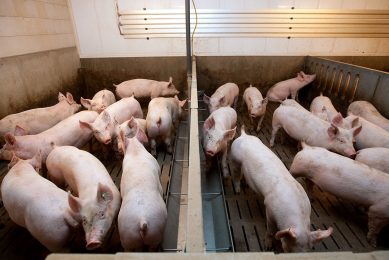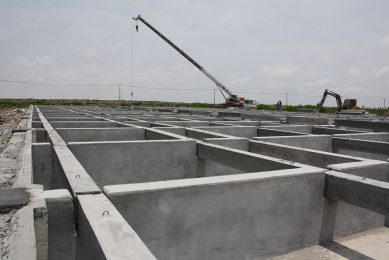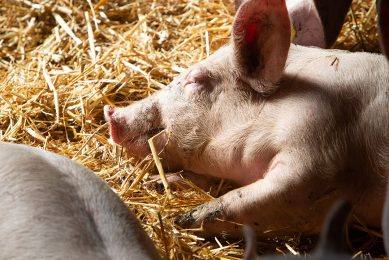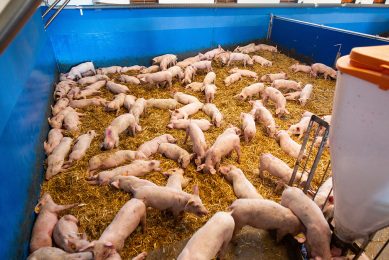Some thoughts on big pens
The big pen concept for growing/finishing pigs really caught on around 2003, so we have a good five years experience to fall back on. Numbers together range from 80 to 300 growers in the same pen.
My consultancy work seems to come in waves and just having recently visited around a dozen units with uneven slaughter weight problems to be addressed, now the call-outs have changed to the pros and cons of the big pen system. Newcomers want to know what everyone else has been doing.
Reasons for the move to big pens seem to be:
1. Lower housing capital costs
Industries with pig housing which, due to lack of past profits, have been unable or reluctant to invest in new dedicated piggeries for growers, have been using existent/ redundant buildings such as cattle courts instead.
But do pigs in converted big pen courts do any worse than those in more conventional smaller pen groups? Most clients are satisfied with their progress provided the big pens are correctly designed and managed. (I will be writing about what is involved in a future column in Pig Progress) This includes a revised ventilation system in winter – summer is much less of a problem.
So growers in these large courts enjoy lower housing capital costs which can be defrayed until times improve – a big saving when times are hard.
2. Reduced overheads
In addition, evidence from the last six conversions to the system I have visited, suggest reduced overheads from an average of about one-third less movement and sorting ©at shipping. This is because of the daily ‘walk-throughs’ needed in big pens, the pigs are much more docile, used to human contact and amenable when they finally need to be moved into trucks.
Much less time is spent mucking out/scraping on solid floors – ©but with no difference in small pens with slats.
When I went into the comparative (all clients were running both systems side by side) operational costs from the previous conventional small pen systems, the average savings were €0.91/pig. However the use of straw, which is almost universal in these big pen courts, cost around €1.09/pig (but the price of straw has been high after last year’s grim harvest weather).
If existing court conversions are compared to quotes received from new custom-designed finishing accommodation amortised over ten years, housing costs/pig can be reduced by as much as 37%, so Roxell say (2000). It could be more nine years later?
But I guess the cost of straw use will reduce this saving by a third, even in good harvest conditions. Conversely, on the outdoor sow, light-soil downland area of England where I live, some arable farmers want the grower’s muck on the land for no rent, thus investment costs for big pen courts are next to zero.
Other benefits:
* Mixing weaners is (much?) less trouble with 100 per group or more as long as there is correct spatial allowance.
* My earlier investigations into uneven slaughter weights showed that the close-out gap is reduced in big pens. This again is influenced by correct positioning of feed troughs in relation to resting areas, as suggested by JSR Genetics (Penny, 2004).
Just like outdoor sow breeding, big pens as a lower cost option for growers need just as much careful research and also deliberation about local conditions. Neither systems ©are as simple as they sound. Fascinating!
Related websites:
Roxell
JSR Genetics©











